Microclimates
Climates occur at all scales from global (1000’s of miles) to regional (100’s of miles) to local (100’s of yards) to intra-site (single feet/inches). Microclimates also occur over space and time. They are dynamic phenomena emerging and disappearing within a site - not a static feature of a site. They are a process more than they are a thing.
Microclimates usually exist unintentionally in “nature”; good design creates microclimates intentionally.
Since crafting the microclimate of a site is often forgotten and especially important in cold climes, we research small scale climate development through many of our projects and especially at our proving ground.
Optimized microclimates can result in the following:
Lower active energy needs for buildings: less fuel, less cost, less pollution. Example: Passive solar house with passive solar landscape surrounding.
Longer growing seasons relative to the surrounding environment. Example: Climate-designed garden spaces yielding 1-2 weeks longer without frost in spring and fall.
Higher yields from plants and animals – better growing conditions. Examples: Warmer environment for heat-loving crops; cool-shaded spaces for domestic animals in a hot summer; Wind sheltered spaces for livestock and houses; Drier or wetter spaces for plants and animals requiring such.
More enjoyable, lower stress and healthier human habitats. Longer outdoor living season, more fresh air, more contact with water, plants, living systems and greater physical activity and mental stimulation. Example: Outdoor living spaces optimized to be cool in the summer, warm in the winter.
Learn more about microclimates by reading the course outline (800KB PDF) from our workshop at NOFA VT's Winter Conference.
